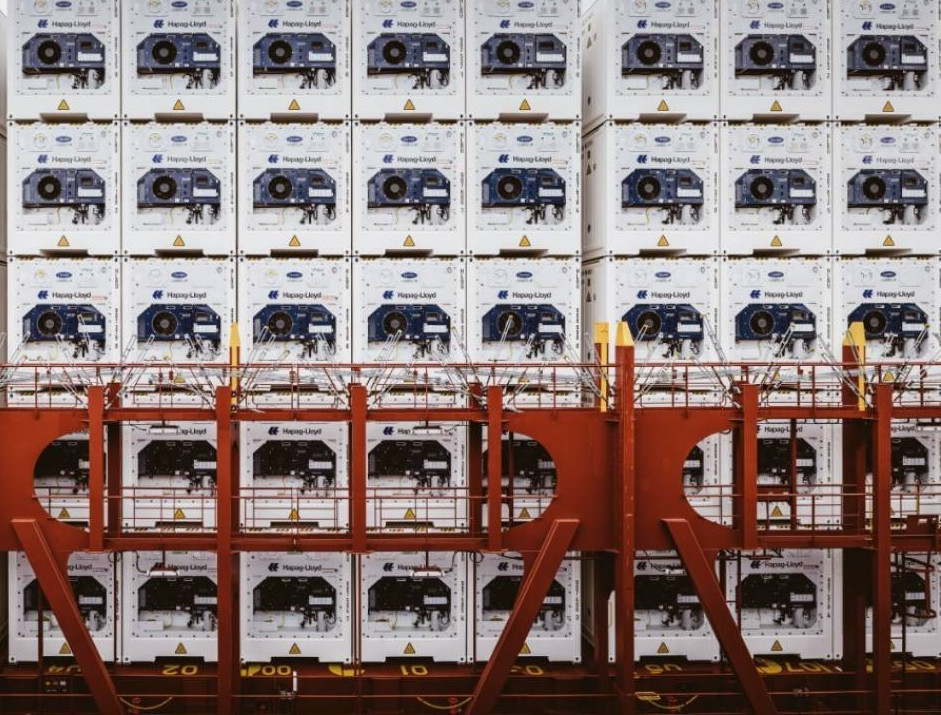The improvement of sweet cherry cultivation techniques, such as crop load management, is essential to achieve a good balance between production and fruit quality.
A recent study, conducted in a sweet cherry orchard in Melitopol, Ukraine, focused on the influence that wood age, different rootstocks, and cultivars have on key sweet cherry productivity parameters, such as flower density and fruit size. The results showed that wood age is one of the main factors determining productivity: three-year-old wood sections showed the highest flower density, while starting from the fourth year, a significant decrease occurs.
This suggests that maintaining branches older than three years is not sustainable if high yield levels need to be achieved.
Over a five-year period, two- and three-year-old branches showed the highest flower density, with 256 and 324 flowers per linear meter, respectively. However, this density drops drastically in older wood: four- and five-year-old wood sections showed a significant reduction in flower quantity.
This result is mainly attributed to the lower density of spurs, which are primarily responsible for flower production in sweet cherry trees. The spurs on three-year-old wood produced a greater number of buds and flowers per bud, contributing to productivity. In contrast, older branches, besides producing fewer flowers, showed a lower fruit quality, with a significant reduction in weight and diameter.
In addition to wood age, the rootstock also has a significant impact on productivity and fruit quality. Specifically, vigor seems to have a greater influence on flower induction in one-year-old shoots. For example, trees grafted onto vigorous rootstocks like CAB 6P showed an average fruit weight 18-24% higher than those grafted onto less vigorous rootstocks like Gisela 5. This difference can be attributed to a lower flower density in trees with vigorous rootstocks, thus reducing competition for carbohydrates among the fruits.
The studied cultivars, "Krupnoplidna" and "Melitopolska chorna", showed differences in canopy characteristics and flower production, with "Krupnoplidna" producing more shoots and a greater number of flowers per shoot compared to "Melitopolska chorna". However, no significant differences in fruit weight were found between the two cultivars, although "Krupnoplidna" had larger fruits due to its more rounded shape compared to the more “heart-shaped” fruits of "Melitopolska chorna".
In conclusion, the study's results indicate that to maintain high productivity efficiency and fruit quality in sweet cherry trees, it is advisable to regularly renew lateral branches older than three years. Additionally, the choice of rootstocks and cultivars should consider the specific climatic conditions and orchard requirements to maximize both yield and quality.
Source: Bondarenko, P., Yudytska, I., & Alekseeva, O. (2023). Wood age, rootstocks and cultivars drive the formation of productivity and fruit size in sweet cherry. Canadian Journal of Plant Science, 104(1), 13-20. dx.doi.org/10.1139/CJPS-2023-0069.
Image: SL Fruit Service
Andrea Giovannini
University of Bologna (IT)
Cherry Times - All rights reserved










